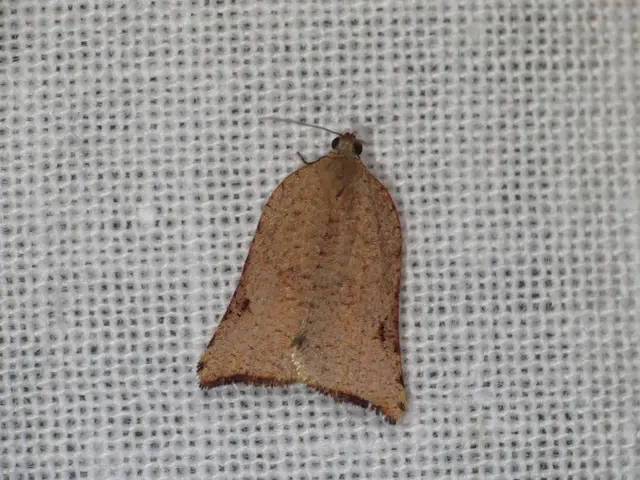A Active volcano underwater, residence for genetically altered sharks, dubbed Sharkcano.
In the realm of remarkable discoveries, a team led by ocean engineer Brennan Phillips uncovered a surprising world within Kavachi, an underwater volcano off Vangunu Island in the Solomon Islands. Known for its intense eruptions, the volcano's crater, situated 66 feet below sea level, has long been considered inhospitable. Despite this, a National Geographic expedition in 2015 found it teeming with unexpected lifeforms, including scalloped hammerheads, silky sharks, stingrays, snapper, and jellyfish.
The discovery raised questions about these creatures' ability to survive in one of the most hostile environments on Earth. Typically found in temperate waters with temperatures around 70 degrees Fahrenheit, the presence of scalloped hammerhead sharks and silky sharks in Kavachi seems extraordinary. One possible explanation lies in genetic mutations, as these creatures' survival strategies may have adapted to the volcano's extreme conditions.
Throughout history, sharks have demonstrated a remarkable ability to adapt to harsh environments. In the case of Kavachi, it's plausible that these sharks have developed physiological adaptations to cope with the chemical and temperature variations present in the volcano's vicinity. Behavioral adjustments, such as altering migratory patterns or feeding times, may also help them avoid the harshest conditions. Furthermore, these sharks may possess genetic variations that better equip them to tolerate the extreme conditions compared to their counterparts in more temperate waters.
While further research is needed to fully understand these sharks' adaptations, it serves as an intriguing example of how life can thrive in even the most unpredictable and inhospitable settings. This discovery underscores the wonders that still remain to be discovered in our oceans and the remarkable adaptability of life on our planet.
Science and technology might be crucial in exploring the adaptation strategies of creatures like scalloped hammerhead sharks and silky sharks found in Kavachi. In the field of environmental science, particularly space-and-astronomy, we could draw parallels between their survival in the hostile Kavachi environment and life forms found on distant planets, suggesting a broader understanding of life's resilience and adaptability on Earth and beyond.




